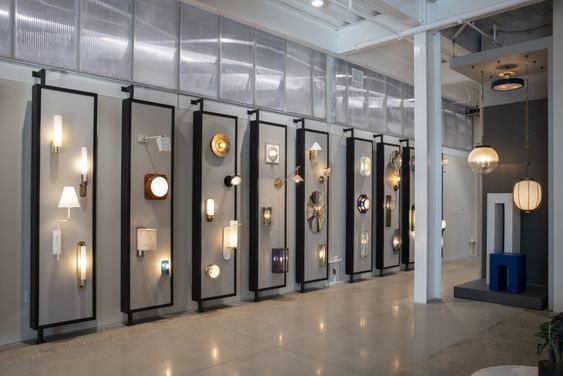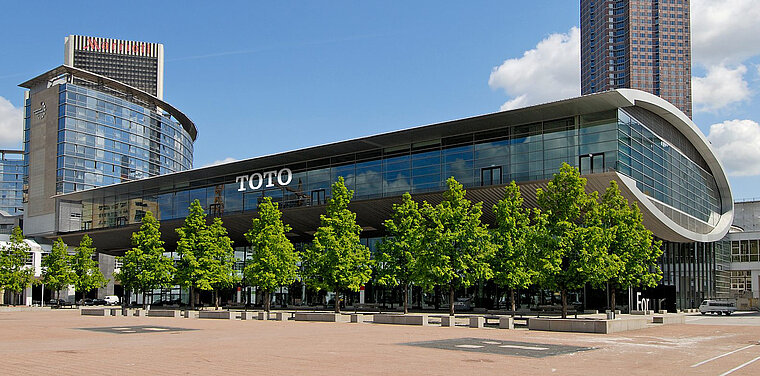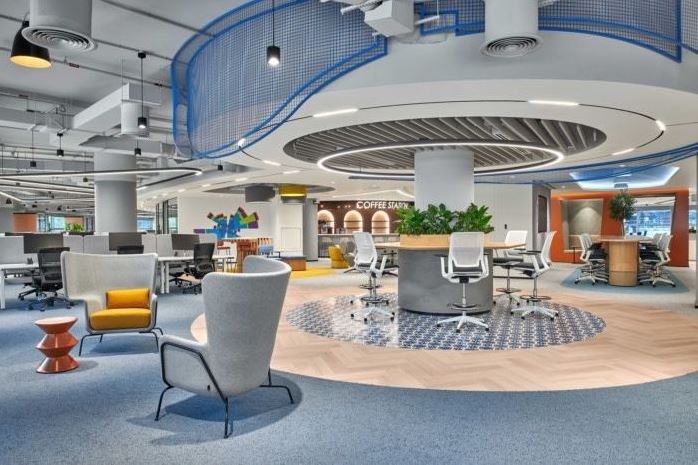As any interior designer will attest, layered lighting is a crucial part of a successful interior design scheme. Rather than relying on a single light source, having a space with multi-layered lighting specifically designed around the purpose of the room and the mood you want to achieve is essential for a space to create functional, flexible, and comfortable living spaces
‘Lighting is the silent collaborator that sets the tone, enhances functionality, and transforms how we experience a room,' says designer Laura Hammett. 'Well-thought-out lighting ideas are as important as any piece of furniture, with layering different types of light achieving balance, warmth, and depth.’
When it comes to how you layer lighting it can be tricky to know where to start as there are many factors to consider. From practical rooms like kitchens and bathrooms to bedrooms and living rooms, each space will require different lighting solutions depending on its size, function, and the desired ambiance. To learn how best to approach layering lighting we’ve asked the experts for their advice on layering lighting in different rooms along with their general tips to create a soft yet practical scheme.
Layered lighting is where multiple light sources are combined within a single room in order to create a space that is both functional, comfortable, and visually pleasing. A successful layered lighting scheme usually combines a mix of the three main lighting types – ambient, task, and accent, each of which serves a different function. Incorporating a variety of fittings and lighting types that can be operated independently allows light to be tailored to fulfill different functions and moods throughout the day.
Ambient – ambient lighting is the primary light source within a room which we use to navigate a space. This type of light is usually provided by a ceiling pendant or downlights and provides the base lighting on which task and accent lighting is layered.
Task – task lighting is focused lighting designed to help us carry out certain tasks. For example, a desk lamp that directs light over a computer, or a pendant light fitting that hangs over a kitchen island used to prepare food, or a floor lamp positioned near a reading nook in a living room.
Accent – accent lighting is light used to highlight certain features within a room. This type of lighting is primarily decorative. Picture lights fall into the category of accent lighting as do wall lights and sconces designed to direct light towards architectural features.
What types of light sources you need and how many you require will vary from room to room and depends on the function, size, and mood you want to create. While all rooms require ambient light, some may require more than others and the type of ambient light needed may vary. For example, a bathroom may need brighter ambient light than a bedroom where we seek more gentle, low-level light. Similarly, practical rooms such as kitchens will inevitably require more task lighting, while living room lighting schemes are likely to rely more on ambient and accent lighting.
Source:
https://www.homesandgardens.com/interior-design/how-to-layer-lighting





